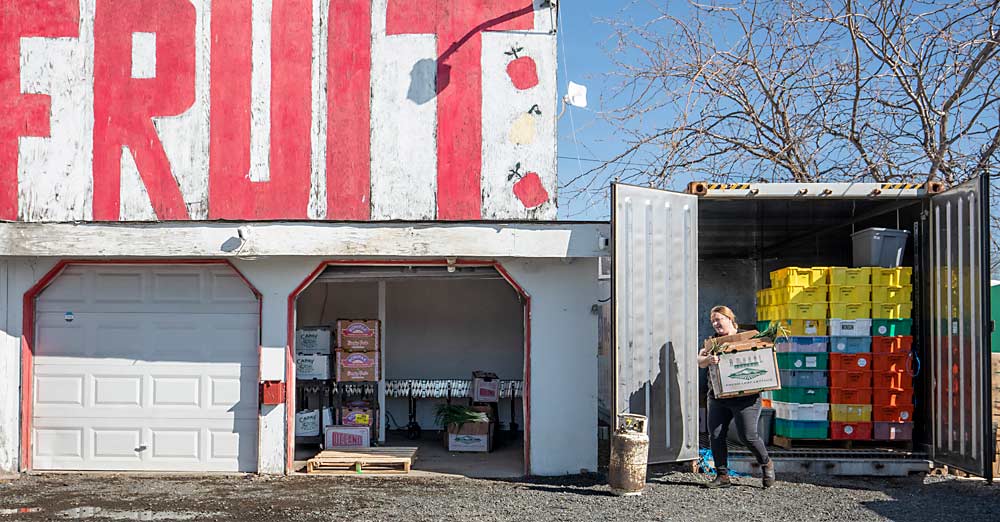
When coronavirus-related lockdowns started in early 2020, direct-to-consumer farms and markets across the country scrambled to adapt. Some had to adjust to a sudden loss of customers. Others, including community-supported agriculture (CSA) programs, had to adjust to a sudden influx of customers looking to support local farms without leaving their homes.
Even as markets resume regular operations, it appears that the pandemic boom in produce subscriptions is here to stay. Good Fruit Grower talked with three providers of fruit and vegetable boxes about how they manage subscribers and how the service fits their larger market models.
In 2020, Laura McIlrath-Riel of Yakima, Washington, was slammed with more than 200 subscribers added overnight to her fledgling produce box service she launched in 2019. When pandemic lockdowns began, she was “flooded with texts and calls” asking her to add more subscribers. When she opened her waitlist, she ended up with a six-fold increase in customers.
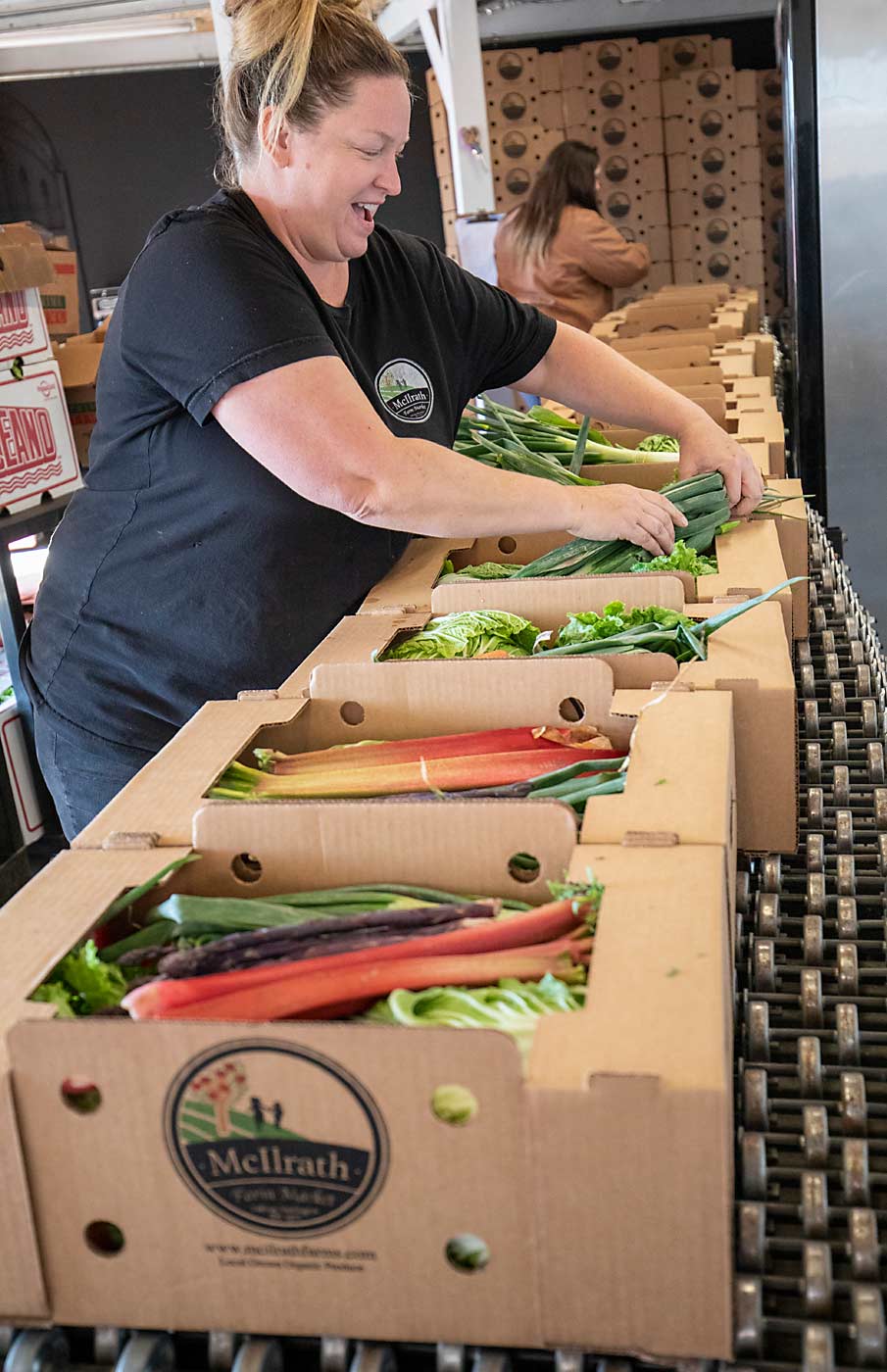
“It was very evident people needed access to food,” said McIlrath-Riel, whose family operates an orchard and fruit stand.
It was also evident that food producers needed access to customers. She made connections with local restaurants and other businesses looking for alternative ways to sell products. Her family’s farm provided much of the fruit, and neighboring farms provided vegetables. But soon enough, the boxes were filled with local eggs, milk, flowers — even ceramics, she said.
McIlrath-Riel points out that her produce boxes are not the classic CSA model, in which customers pledge to support a farm for a share of the harvest through the season. It’s more like a share of a farm market that includes wares from many local producers.
Making everything work on such short notice was “logistical insanity,” but she got a lot of help from friends in the early months of the pandemic. Her subscription service sold 240,000 pounds of local produce that first pandemic year, she said.
Subscriptions maxed out at 375 one week, though the numbers dropped as the lockdowns subsided. Subscriptions now fluctuate between 215 and 230, depending on the season. But many of those who stopped getting boxes still shop at her family fruit stand, she said.
McIlrath-Riel’s subscription service delivers, but it also offers pickup locations at the Yakima fruit stand and other local businesses. The fruit stand has a drive-thru option, where staff load the boxes into waiting cars. She sets up tables covered with local products on drive-thru days, and many customers can’t resist buying them. Ice cream is a “huge seller,” she said.
The success of the subscription program has changed McIlrath-Riel’s market business model. Her fruit stand is now more of a “one-stop shop,” with local wine, cheese and candles on offer, in addition to apples and asparagus. She still buys produce from a dozen local farmers to help fill the boxes, which have become a profitable sales channel for some of them as well, she said.
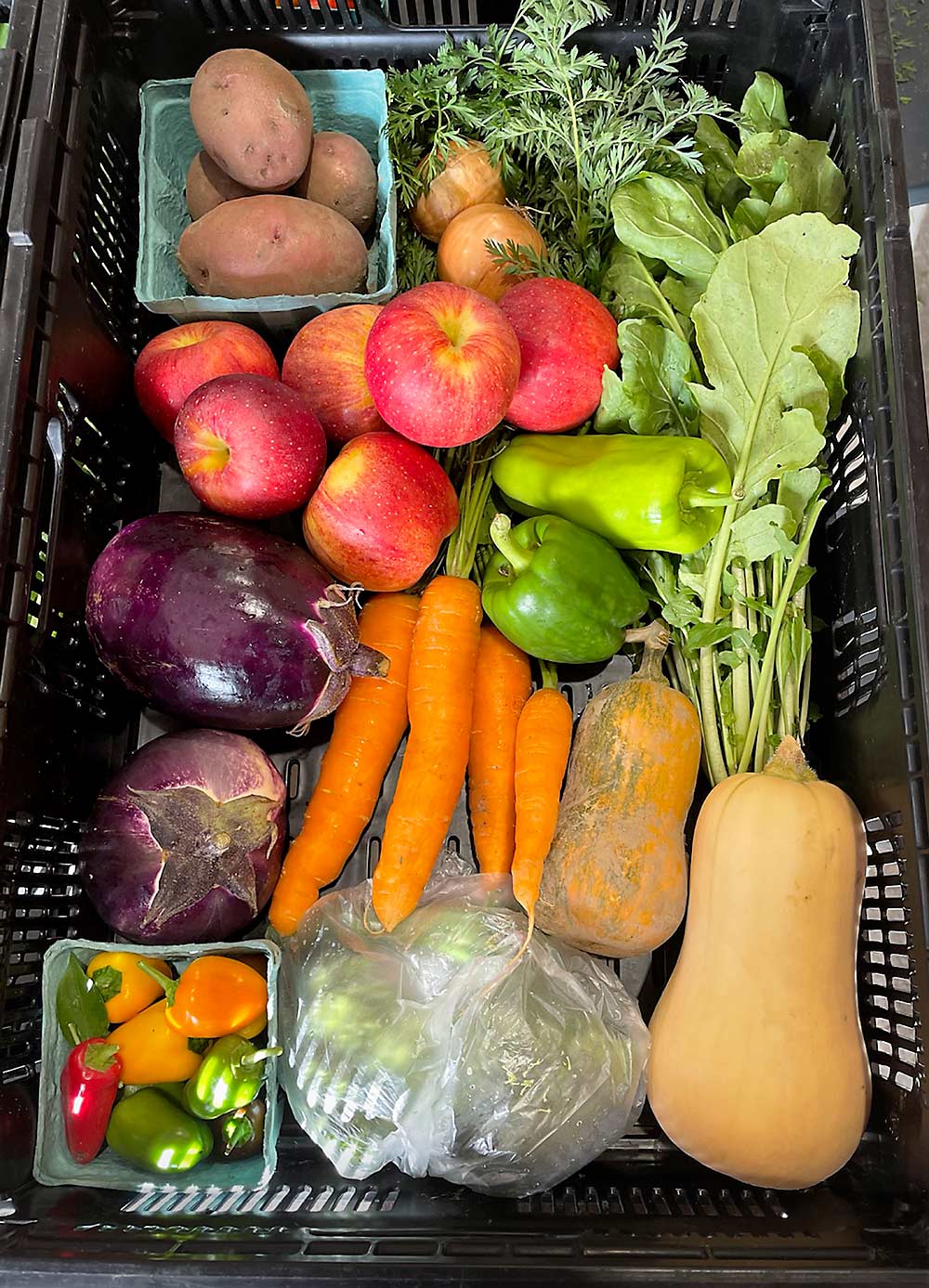
The CSA at Wickham Farms in Penfield, New York, also saw significant growth in the past couple of years, said co-owner Debbie Wickham. Debbie and husband Bill Wickham decided to start a CSA program in 2011, when they had about 100 members. By 2021, there were more than 500.
Wickham Farms began as a Rochester-area roadside stand in 1986, then expanded into an agritainment attraction. In order to supply the fresh produce for the CSA, they bought land across the road and planted more fruits, vegetables, herbs and flowers, she said.
Thanks in part to an influx of customers during the pandemic, the CSA has become a more significant part of their business. They built a new barn last year. Half the barn is used for washing, storage and distribution of CSA produce. The other half serves as an equipment and repair shop. They added more parking, too, Bill Wickham said.
“You get to the point where you have to make a real commitment, or stop doing it,” he said.
The Wickhams expanded their harvest and washing crews to accommodate the growing number of customers. A lasting change turned out to be the touchless pickup option, where CSA customers drive up, pop their trunks, and farm staff deposit the prepacked shares. Customers also can pick up CSA shares in the barn, which includes a walk-in cooler. Subscribers can supplement their shares with U-pick produce, Debbie Wickham said.
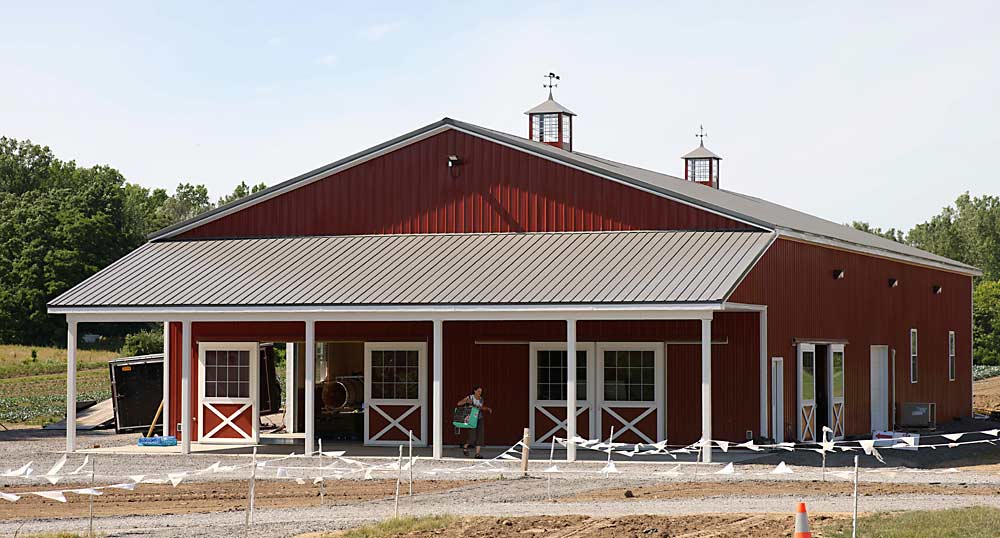
CSA members used to sign themselves in, but Wickham started signing them in when the pandemic started, and she’s still doing it. It’s a great way to get to know customers, answer their questions and get helpful feedback, she said.
When Hollabaugh Bros. in Biglerville, Pennsylvania, started a CSA in 2012, there were 15 subscribers. By 2021, that number had grown to 150. Much of the growth occurred in 2020, when subscriptions virtually doubled, said manager Ellie Hollabaugh Vranich.
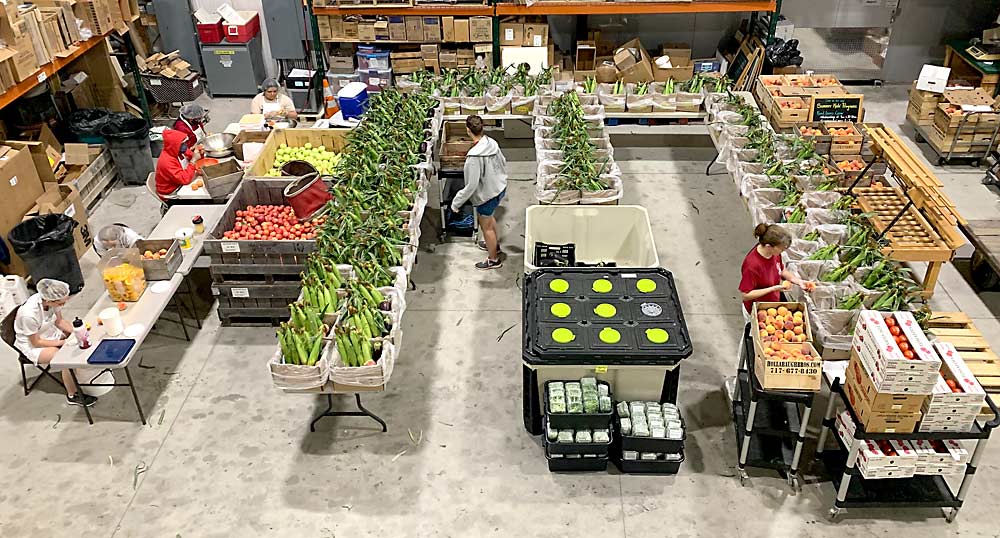
The pandemic surge didn’t just generate more CSA subscribers. It created a community of “absolute advocates” for their fruit and vegetable farm, people who believe strongly in the quality of their produce and tell other people about it, she said.
The Hollabaugh Bros. CSA program doesn’t have a huge impact on the bottom line, but its indirect benefits are invaluable. Almost everyone who picks up a produce box at the on-farm store ends up buying additional items, too, Hollabaugh Vranich said. •
—by Matt Milkovich

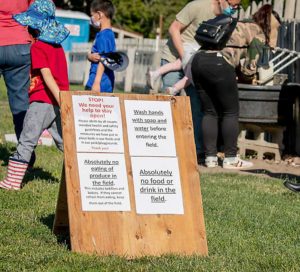






Leave A Comment